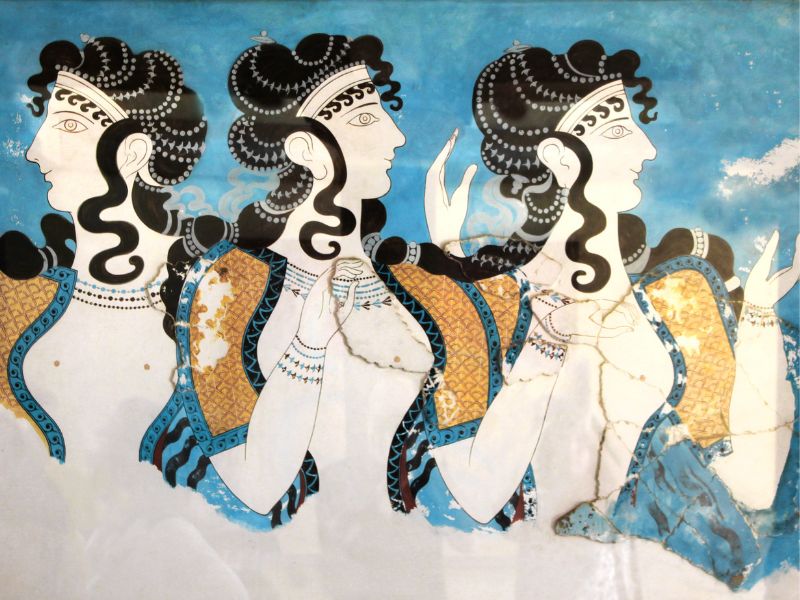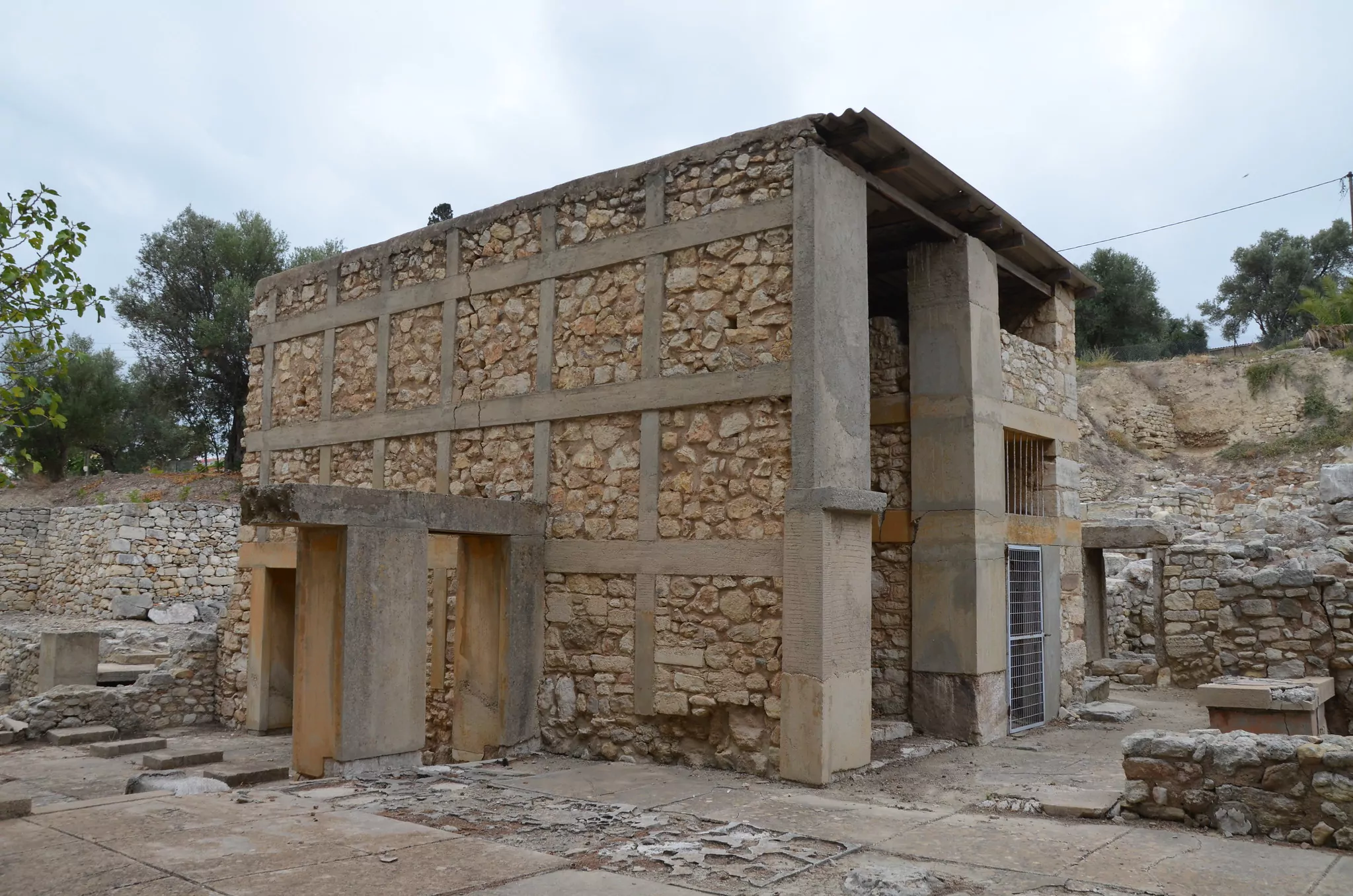
The Marvelous Little Palace of Minoan Knossos
Table of Contents
Do you want to explore a fascinating heritage site that showcases the grandeur and complexity of Minoan culture? Look no further than the Little Palace in Knossos, a magnificent edifice that served as a hub for palace administration, religious ceremonies, and social gatherings. In this article, we will take you on a journey through the history, architecture, religious functions, and restoration efforts of the Little Palace. As we unravel the mysteries of this marvel of Minoan Knossos, you will discover why it is an ideal destination for cultural tourists and history buffs alike.
History and Architecture of the Little Palace
The Little Palace was built in the Late Minoan I period (16th century BCE) and underwent several expansions and modifications in the Neopalatial period (15th-14th century BCE). It was located on the west side of the central court of the Palace of Knossos and served as the residence of the royal family, as well as the administrative center for the surrounding area.
The Little Palace was an impressive architectural masterpiece, boasting a sophisticated system of corridors, staircases, and light wells that created a play of light and shadow. Its façade featured a composite order of pilasters, double columns, and lintels, which gave it a monumental appearance and emphasised its significance as a palace.
The Little Palace consisted of several interconnected buildings, including a central court, a west wing, a domestic quarter, and a storeroom. The central court was the heart of the palace and was surrounded by a portico with sixteen square pillars. The west wing accommodated the throne room, a banqueting hall, and a reception hall. The domestic quarter had numerous rooms for the royal family and their attendants, including a bathroom with a flushing toilet and a sophisticated drainage system. The storeroom housed large storage jars, called pithoi, which contained food, wine, oil, and other commodities.
Religious and Ceremonial Functions of the Little Palace
The Little Palace was not only an administrative and residential center, but also a hub for religious and ceremonial functions. It featured a Neopalatial lustral basin, which was a large rectangular pool with steps on all sides, used for purifications and offerings. Adjacent to the basin was a domestic shrine with an altar, where offerings and libations were made to the gods.
The shrine was decorated with frescoes depicting religious scenes, including a bull-leaping ceremony. The Little Palace also had a cult room, which contained ritual vessels, such as libation cups, clay figurines, and miniature boats. Among the most remarkable objects found in the Little Palace were the so-called Snake Goddesses, two female figurines wearing long dresses and elaborate headdresses, which highlighted the importance of women in Minoan religion and society.
Restoration and Conservation Efforts of the Little Palace
The Little Palace has suffered from neglect, weathering, and looting over the centuries, but several restoration and conservation efforts have been undertaken to preserve and showcase its splendor. The first major intervention was carried out by Arthur Evans, the British archaeologist who excavated Knossos from 1900 to 1931. Evans reconstructed some parts of the Little Palace, including the throne room and the west façade, using reinforced concrete and plaster. However, his approach has been criticized for being too invasive and subjective, since he relied on his own imagination to fill in the gaps of the original architecture.
More recent attempts to restore the Little Palace have focused on a more scientific and minimalistic approach, using reversible materials and a meticulous study of the archaeological evidence. One of the most remarkable restorations was the renovation of the Lustral Basin’s roof, which involved replacing the corroded iron beams with wooden ones, covered by a layer of ochre plaster to simulate the original color.
The Little Palace of Minoan Knossos is not only a testimony to the artistic and engineering skills of the ancient Cretans, but also a window to their social, religious, and political life. Visiting the site today, one can appreciate the complexity and diversity of Minoan culture, as well as the challenges and solutions of preserving and displaying archaeological sites.
By learning more about the Little Palace, we can enrich our understanding of the past and inspire our curiosity and imagination. We invite you to explore this marvelous little palace and discover its hidden treasures for yourself!
The Little Palace of Knossos is Wheelchair accessible.
Sources – Further Research
- McEnrone, J. (2010). Architecture of Minoan Crete. University of Texas Press.
- Jarus, O. (2017). Knossos: Palace of the Minoans. https://www.livescience.com/27955-knossos-palace-of-the-minoans.html
- German, S. (2020). Knossos. https://www.khanacademy.org/humanities/ancient-art-civilizations/aegean-art1/minoan/a/knossos
- Ephorate of Antiquities of Heraklion – Knossos Scientific Committee. (2015). Knossos Documenta. https://knossosdocumenta.gr/en/the-palace-of-knossos/
- Gibson, G., Morden, M., Rowbotham, W. (2017). Odyssey Adventures in Archeology. https://www.odysseyadventures.ca/articles/knossos/articleKnossos03.approach.html



